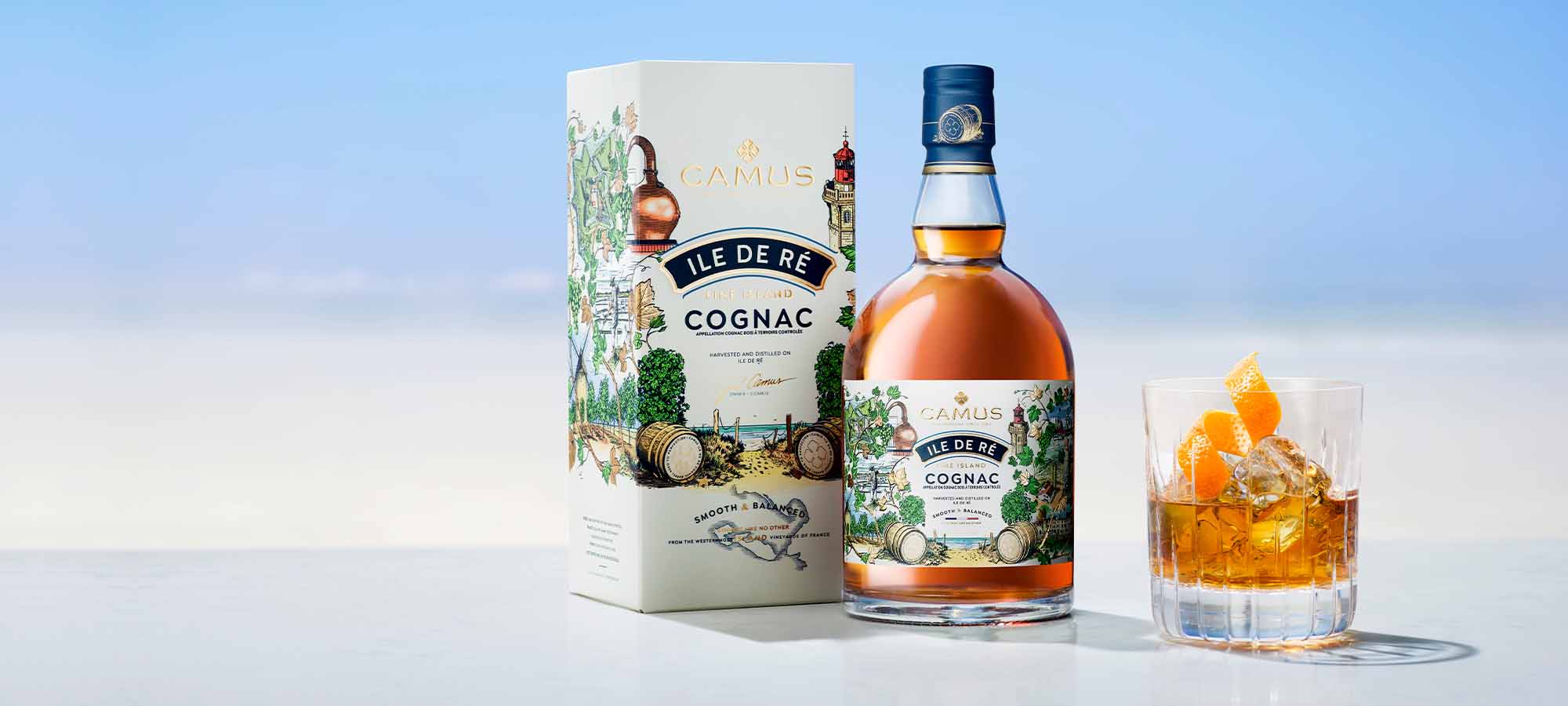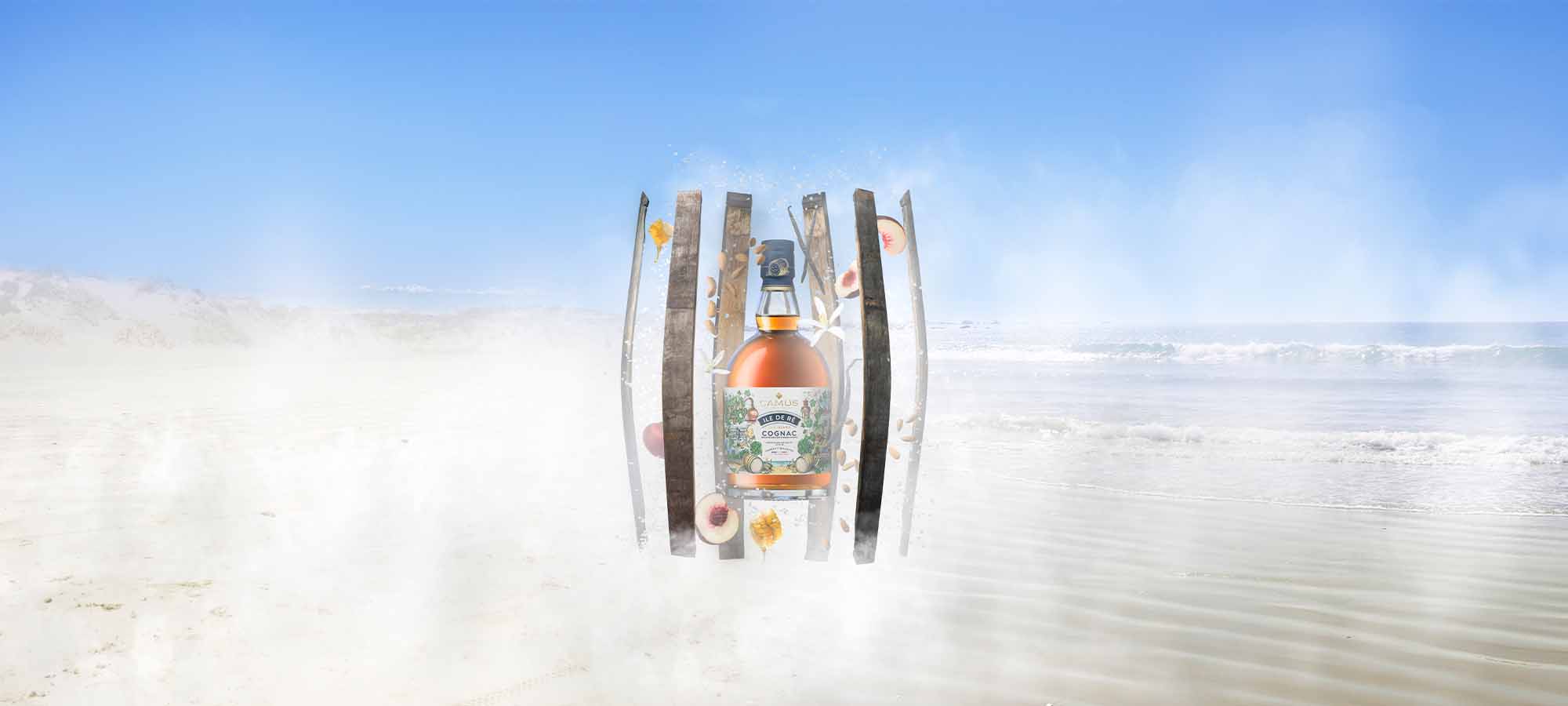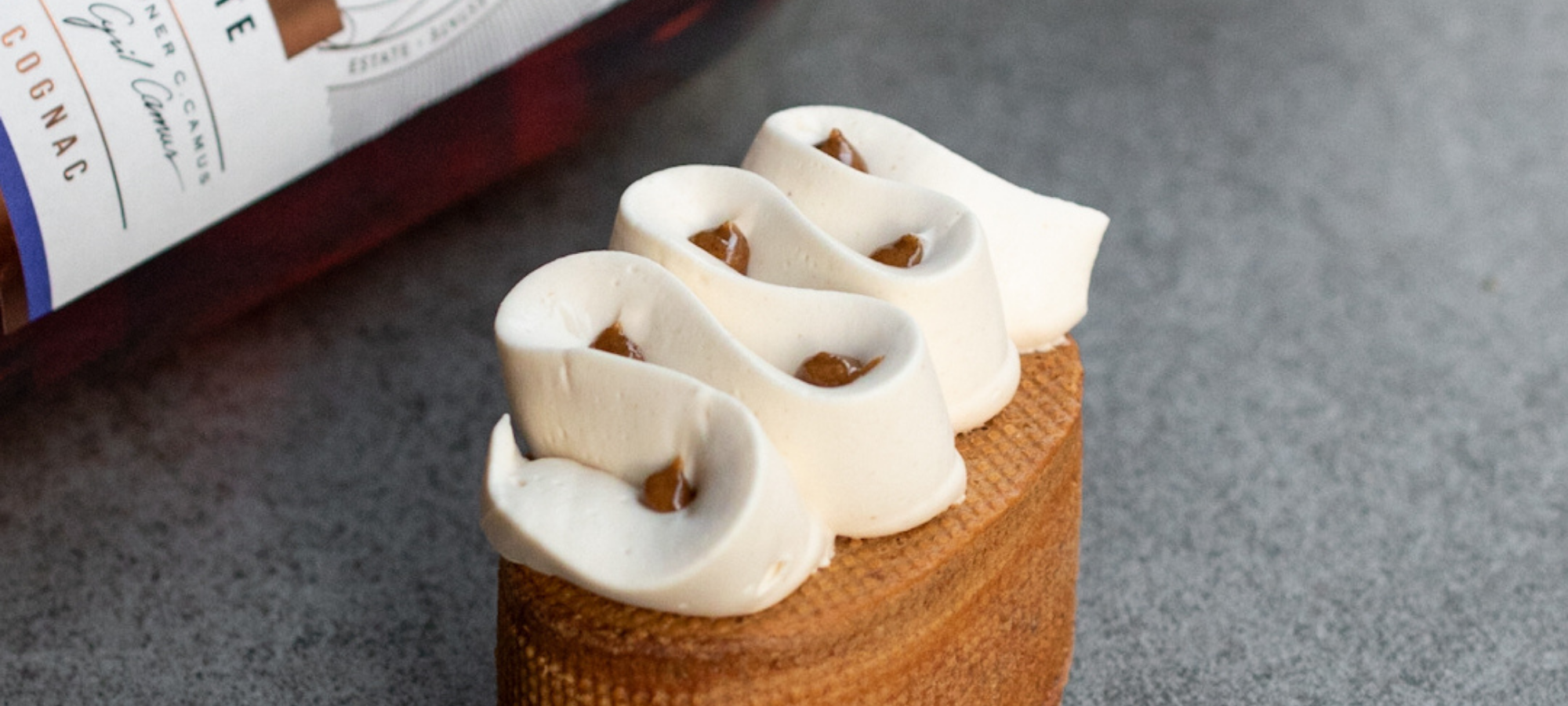
Production process of Ile de Ré Fine Island
CAMUS Ile de Ré Fine Island is distilled at the historical facility of Le Bois Plage en Ré, a distillery which dates back to 1972 and is strategically positioned at the centre of the island. The site is equipped with copper pot stills of different sizes, ranging from 2500 to 12500 litres in capacity.
The harvest on the island usually begins towards the end of September, with pressing to extract musts (juice) carried out immediately. Fermentation takes place in steel and cement tanks for a duration of about four days, allowing for the formation of esters and other aromatic compounds. Frequent ‘pumping over’ of these young wines allows the distillers to retain fine lees (dead yeast cells) suspended in the liquid and thus distil partially cloudy wines, resulting in medium levels of esters.
The first distillation takes place in larger pot stills, as the aim is to concentrate the liquid, while for the second only small stills are used. By carrying out the second distillation in small batches using small copper pots, it is possible to closely monitor the rate of reflux within the stills and manage the degree of interaction between the vapour and the copper. The relatively tall and slim necks of these small stills ensure that heavy and oily compounds remain in the pot during distillation, resulting in a very light and smooth spirit.
Once distilled, the new spirit or ‘eau de vie’ is mostly filled into 400-litre casks made from French oak sourced from the forests of Limousin and Tronçais. These vessels are usually at least ‘third- fill’—meaning they have been used at least twice before—and on average are around 30 years old. By utilising well-used oak, the delicate and elegant Île de Ré spirit will not be overwhelmed by intrusive oaky notes, which would otherwise be extracted in abundance during even just a few short months of maturation in a new oak or first-fill cask. Instead, a slow and gentle maturation takes place that’s driven by oxidation, evaporation of both water and alcohol, interaction of compounds already present in the spirit, and just a small amount of extraction of wood-derived flavours from the well-used, wide-grain French oak.
The Cognac is gently drawn in and pushed out of the oak staves by the action of natural expansion and contraction as temperatures in traditional cellars by the ocean rise and fall over the course of the year. For these reasons, Île de Ré is barrel aged to perfection, with a balanced but distillate-forward flavour profile.





